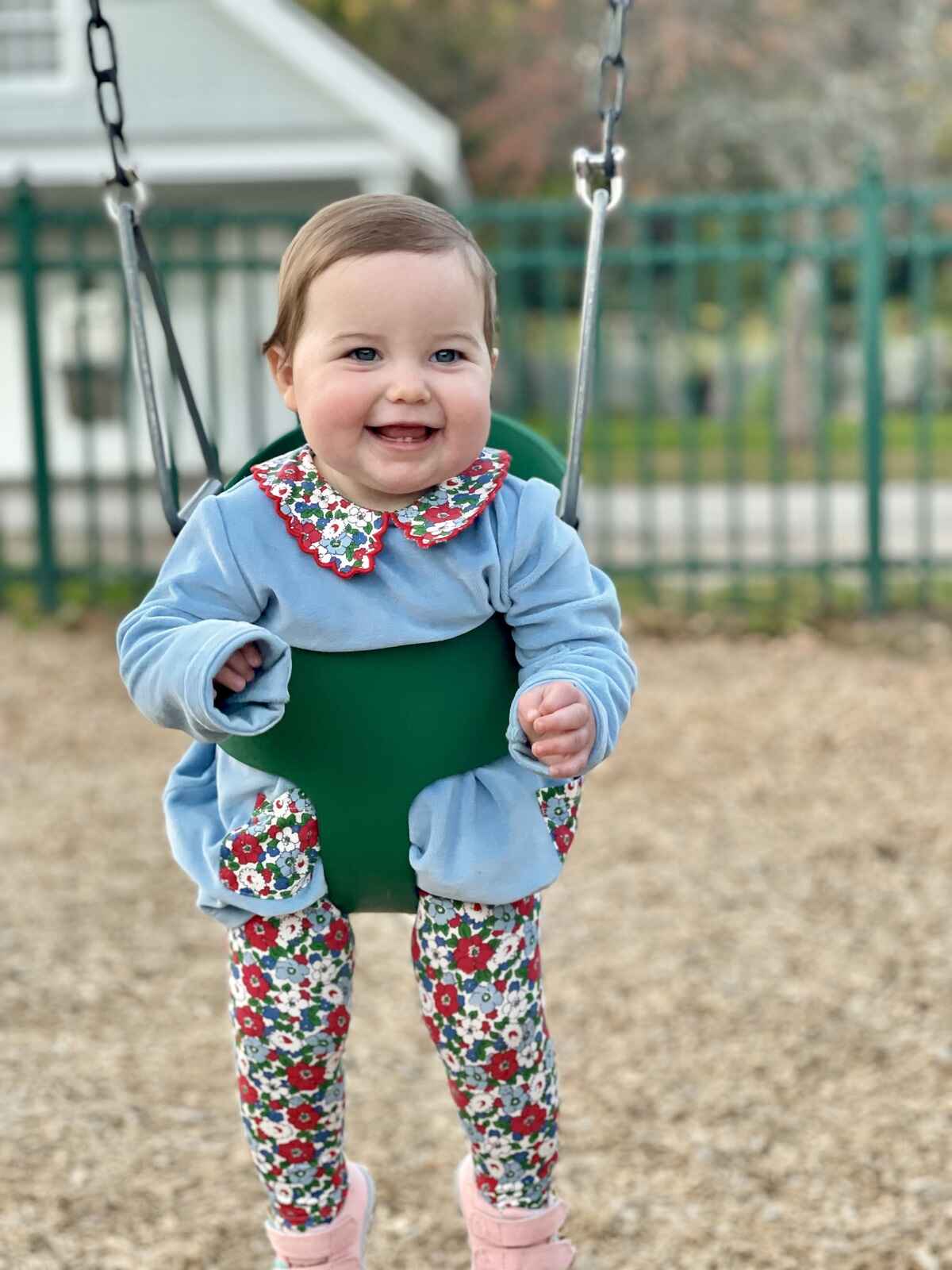The first few years of life are an amazing time of growth and development. The evolution of muscle control that is required for skills like rolling, sitting and walking are known as gross motor milestones. Yet not every child will meet their milestones at the same time.
“About one in every five children will have at least one developmental delay throughout their development. Some of those are normal little blips and some are significant and require further work-up that may lead to diagnosis,” said Gregory Germain, MD, associate chair of Pediatrics at Yale New Haven Children’s Hospital and associate clinical professor of Pediatrics at Yale School of Medicine.
Gross motor milestones by age
Gross motor milestones are measured by age with some of the biggest developments happening at 3, 6, 9 and 12 months.
Newborn: During the newborn stage, babies will start to develop some head and neck control.
3-6 months: Between 3 to 6 months babies may start to roll. At this age, they may also reach for an object, grab it and bring it to their mouth.
6 months: Babies will start to sit at around 6 months, which requires a lot of core stability and strength. They may be stable for a few seconds before they fold over.
9 months: Babies at this age start to pull up to stand. Parents may first notice this when they catch their baby standing in their crib unexpectedly. They may also start to crawl between 7-10 months.
12-18 months: Many babies take their first steps around their first birthday; however, some babies may walk earlier or later.
18-20 months: At this age, there is a more mature walking pattern starting to emerge with arms down. They are also learning to climb up on a chair or stairs.
Around 2-years-old: Toddlers may have an uncoordinated run, with lots of falling!
Reasons for a gross motor delay
There is a big range for what’s considered “normal.” For example, some babies may walk as early as 8-months-old, while others may not walk until they are closer to 17 months. However, there are some reasons why a child is behind on their milestones including a developmental delay, muscular dystrophies, cerebral palsy and genetic syndromes that may go undiagnosed prenatally. Premature babies may also take longer to meet their milestones and it’s normal to assess their progress based on their adjusted birth date.
Some red flags that a child may not be meeting milestones include differences between siblings or other kids at daycare, as well as a regression in skills. That’s why any time a parent is concerned, they should reach out to their pediatrician for guidance.
“I think there’s a disadvantage to being with a child minute to minute and an advantage to a pediatrician seeing kids at intervals because we can get a better high-level picture of growth and development trajectory over time so it’s a little bit easier to make those judgements,” said Dr. Germain. “We have a ton of resources at our disposal, so start with your pediatrician.”
Interventions for gross motor development
Occupational therapy focuses on fine motor skills, while physical therapy can help with gross motor milestones, strength and coordination. Often, occupational and physical therapists will collaborate to help a child with their development.
“Especially when there are the concerns of delays or some abnormal movements, that's when it's nice to have someone like a physical therapist in your corner because what we've been trained and practice every day is looking for the little nuances that show us that there is progress over time,” said Yale New Haven Health physical therapist Garrett Graham, PT, DPT, PCS.
Graham says physical therapists will evaluate a child’s movements and skills to understand their strengths and weaknesses, and then pick interventions that utilize strengths to help address weaknesses or delays. An evaluation from someone like a physical therapist may also help ease a parent’s anxiety if they’re worried about their child.
“If I’m doing an assessment, it doesn’t necessarily mean that you need or qualify for services at that time, but it’s helpful to get eyes on them early. Maybe we give that child some more time and check back in a month or two,” said Graham.
In Connecticut, Birth to Three is a state-funded program that allows parents to call a toll-free number at 800-505-7000 and ask for an evaluation, which can help determine whether their child would benefit from a service such as physical therapy, occupational therapy or speech therapy.
Encouraging gross motor development
Dr. Germain and Graham say one of the best ways to encourage a child’s development at home is to give them space to explore. If you’re worried about them getting hurt, a foam play mat can help cushion falls. If you reach out to catch your child, complete the movement by placing them on their side, allowing them the opportunity to try and get up on their own.
For babies, tummy time monitored by a caregiver is critical. The emphasis on ‘back to sleep’ is important for safe sleep, but it means babies need time on their belly during the day to work on their head, neck and core strength.





